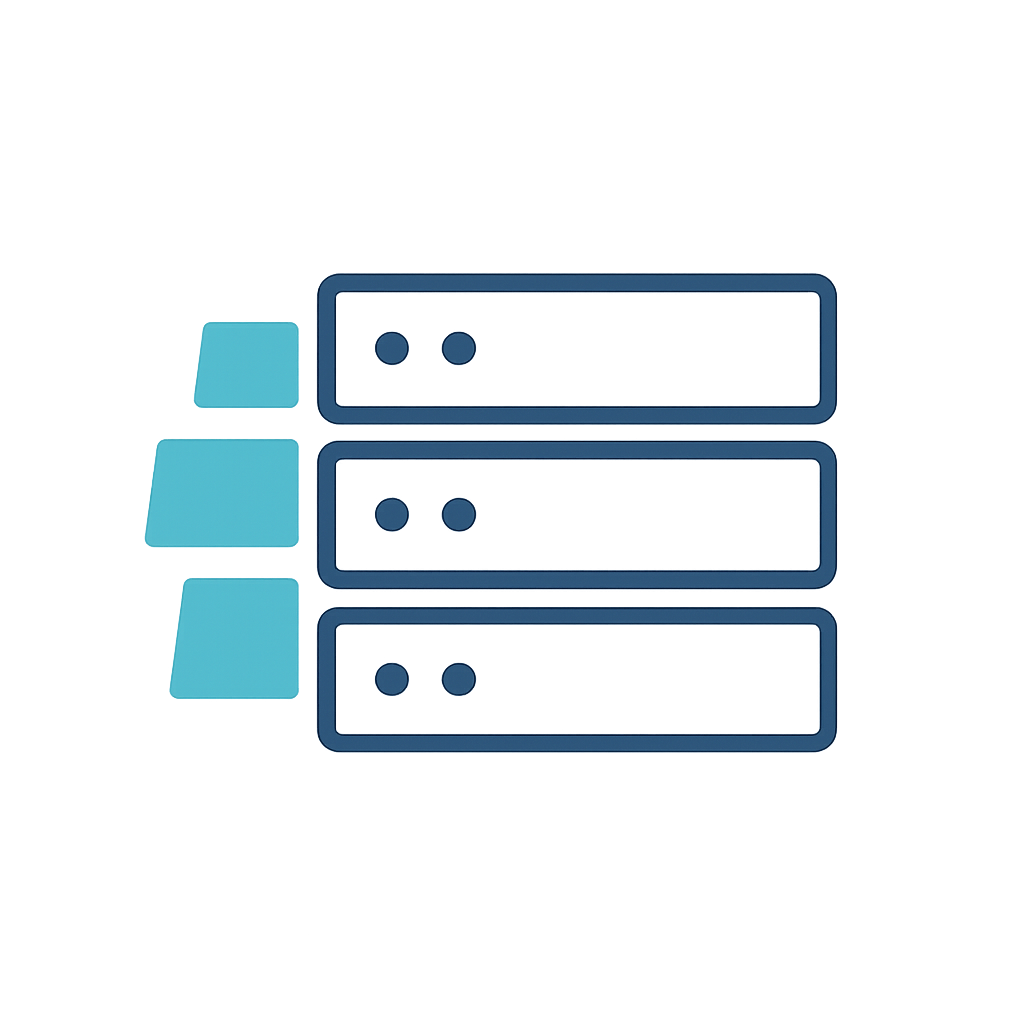Installation
This guide covers different ways to install and set up Verb in your project.
System Requirements
- Bun: v1.0.0 or higher
- Node.js: v18+ (if using Node.js instead of Bun)
- TypeScript: v4.5+ (recommended)
- Operating System: macOS, Linux, or Windows
Installing Bun
If you don't have Bun installed, install it first:
macOS/Linux
bash
curl -fsSL https://bun.sh/install | bash
Windows
powershell
powershell -c "irm bun.sh/install.ps1 | iex"
Verify Installation
bash
bun --version
Installing Verb
New Project
Create a new project with Verb:
bash
# Create project directory
mkdir my-verb-app
cd my-verb-app
# Initialize Bun project
bun init -y
# Install Verb
bun install verb
Existing Project
Add Verb to an existing project:
bash
# Install Verb
bun install verb
# Install TypeScript (recommended)
bun install -D typescript
bun install -D @types/bun
Project Structure
A typical Verb project structure:
my-verb-app/
├── src/
│ ├── server.ts # Main server file
│ ├── routes/ # Route handlers
│ ├── middleware/ # Custom middleware
│ └── types/ # TypeScript types
├── tests/ # Test files
├── package.json
├── tsconfig.json
└── README.md
TypeScript Configuration
Create a tsconfig.json file:
json
{
"compilerOptions": {
"target": "ES2022",
"module": "ESNext",
"moduleResolution": "bundler",
"allowImportingTsExtensions": true,
"allowSyntheticDefaultImports": true,
"esModuleInterop": true,
"forceConsistentCasingInFileNames": true,
"strict": true,
"noImplicitAny": true,
"skipLibCheck": true,
"types": ["bun-types"]
},
"include": ["src/**/*"],
"exclude": ["node_modules", "dist"]
}
Package.json Scripts
Add useful scripts to your package.json:
json
{
"name": "my-verb-app",
"type": "module",
"scripts": {
"dev": "bun --hot src/server.ts",
"start": "bun src/server.ts",
"build": "bun build src/server.ts --outdir=dist",
"test": "bun test",
"lint": "bunx eslint src/**/*.ts",
"format": "bunx prettier --write src/**/*.ts"
},
"dependencies": {
"verb": "latest"
},
"devDependencies": {
"typescript": "^5.0.0",
"@types/bun": "latest",
"eslint": "^8.0.0",
"prettier": "^3.0.0"
}
}
Basic Server Setup
Create your first server (src/server.ts):
typescript
import { createServer } from "verb";
const app = createServer();
app.get("/", (req, res) => {
res.json({
message: "Hello from Verb!",
timestamp: new Date().toISOString()
});
});
app.get("/health", (req, res) => {
res.json({ status: "healthy" });
});
const port = process.env.PORT || 3000;
app.listen(port);
console.log(`🚀 Server running on http://localhost:${port}`);
Development Environment
Environment Variables
Create a .env file:
bash
PORT=3000
NODE_ENV=development
DEBUG=true
Hot Reload
For development with automatic reloading:
bash
bun --hot src/server.ts
Production Build
For production deployment:
bash
# Build the application
bun build src/server.ts --outdir=dist --minify
# Run production server
bun dist/server.js
Docker Setup
Create a Dockerfile:
docker
FROM oven/bun:latest
WORKDIR /app
# Copy package files
COPY package.json bun.lockb ./
RUN bun install
# Copy source code
COPY src/ ./src/
# Expose port
EXPOSE 3000
# Start server
CMD ["bun", "src/server.ts"]
Create a docker-compose.yml:
yaml
version: '3.8'
services:
app:
build: .
ports:
- "3000:3000"
environment:
- NODE_ENV=production
restart: unless-stopped
Verification
Test your installation:
bash
# Run the server
bun src/server.ts
# Test the endpoint (in another terminal)
curl http://localhost:3000
You should see:
json
{
"message": "Hello from Verb!",
"timestamp": "2025-01-01T12:00:00.000Z"
}
Common Installation Issues
Bun Not Found
bash
# Add Bun to PATH
export PATH="$HOME/.bun/bin:$PATH"
# Or reload your shell
source ~/.bashrc # or ~/.zshrc
Permission Errors
bash
# Use sudo for global installations (not recommended)
sudo bun install -g verb
# Or use local installation (recommended)
bun install verb
TypeScript Errors
bash
# Install TypeScript and types
bun install -D typescript @types/bun
# Check TypeScript version
bunx tsc --version
Module Resolution Issues
Make sure your tsconfig.json has correct module resolution:
json
{
"compilerOptions": {
"moduleResolution": "bundler",
"allowImportingTsExtensions": true
}
}
IDE Setup
VS Code
Install recommended extensions:
- Bun for Visual Studio Code
- TypeScript and JavaScript Language Features
- ESLint
- Prettier
Create .vscode/settings.json:
json
{
"typescript.preferences.runtime": "bun",
"editor.formatOnSave": true,
"editor.codeActionsOnSave": {
"source.fixAll.eslint": true
}
}
WebStorm/IntelliJ
- Set TypeScript service: File → Settings → Languages & Frameworks → TypeScript
- Set Node.js interpreter to Bun: File → Settings → Node.js
Testing Installation
Create a test file (tests/server.test.ts):
typescript
import { test, expect } from "bun:test";
import { createServer } from "verb";
test("server creation", () => {
const app = createServer();
expect(app).toBeDefined();
expect(app.get).toBeDefined();
expect(app.listen).toBeDefined();
});
test("basic route", async () => {
const app = createServer();
app.get("/test", (req, res) => {
res.json({ test: true });
});
const handler = app.createFetchHandler();
const response = await handler(new Request("http://localhost/test"));
expect(response.status).toBe(200);
const data = await response.json();
expect(data.test).toBe(true);
});
Run tests:
bash
bun test
Next Steps
Now that Verb is installed, check out:
- Getting Started Guide - Build your first server
- Protocol Support - Learn about different protocols
- Examples - Real-world examples
Support
If you encounter issues:
- Check the GitHub Issues
- Review the documentation
- Ask questions in GitHub Discussions
 Verb
Verb